How do you know you’re making the best grocery choices, saving the most money, and not getting fooled? By shopping smarter (not harder) to beat supermarkets at their own marketing game, of course!
We’ve hacked the system to ensure you win every time:
1. Use dairy codes to know when to buy generic milk.

What’s the difference between name brand and store brand milk besides $1.00 per gallon? Sometimes, nothing.
Every gallon of milk at the supermarket is stamped with a dairy code. Look for two digits, followed by a hyphen, followed by 1-5 more digits. Example pictured: 16-05.
Enter the code at WhereIsMyMilkFrom.com to find the dairy that produced it. Mine came from Meadow Gold Dairy in Boise, Idaho.
Why does this matter? If the dairy code on the store brand gallon matches the code on the name brand, you know for sure the milk came from the same cows. Save a buck and skip the name brand label.
2. Buy spices in the ethnic food section instead of the baking aisle.

Some items in the supermarket exist in two different places, but where to get cheap spices is a cool trick.
Spices placed in the baking aisle are often priced as much as $1.50 more per ounce than those hidden in the Mexican food section, so be sure to check both places before you buy.
Even if you have to buy a couple bags, it’s totally worth the savings!
3. Purchase products by the case to save 10%. Not sure how many are in a case? Check the shelf tag.

They might not want you to know it, but many supermarkets will give you a discount on products if you buy in bulk.
For example; WinCo will give you up to a 5% discount on their bulk foods. All you have to do is pre-order a full case or sack of the item you need.
Whole Foods offers discounts on bulk items as well. You can get up to 10% off if you agree to buy a case. Buying meat? Buy more than three pounds and it’s considered “bulk,” meaning you can save $0.50 per pound.
So next time you’re stocking up on meat, think about asking your supermarket for a bulk purchase discount.
4. Shop membership-only wholesale clubs for free when you have a gift card.

Think you have to have a Costco card to shop at Costco?
Think again.
Simply purchase a gift card for the amount you want to spend, and you can shop at Costco without a membership to your heart’s delight.
5. Read produce PLU stickers to verify organic produce.
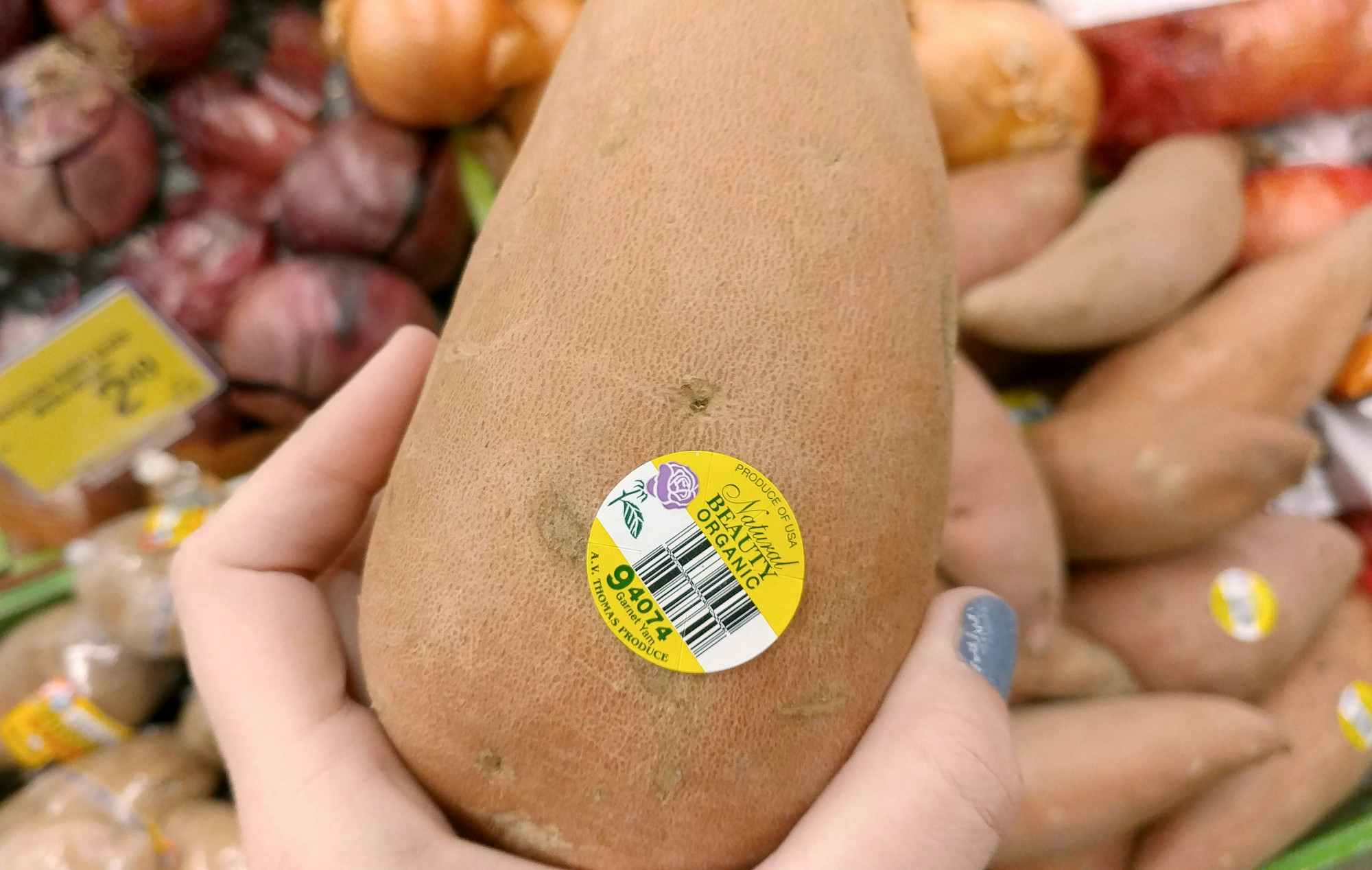
Look at the PLU on your fruits and veggies. A four-digit PLU means the produce was grown “traditionally.” A five-digit PLU that begins with a 9 means produce was grown organically.
Related: 3 Produce Sticker Hacks That Tell You Exactly What You’re Buying
6. For the freshest dairy, grab from the back of the fridge.
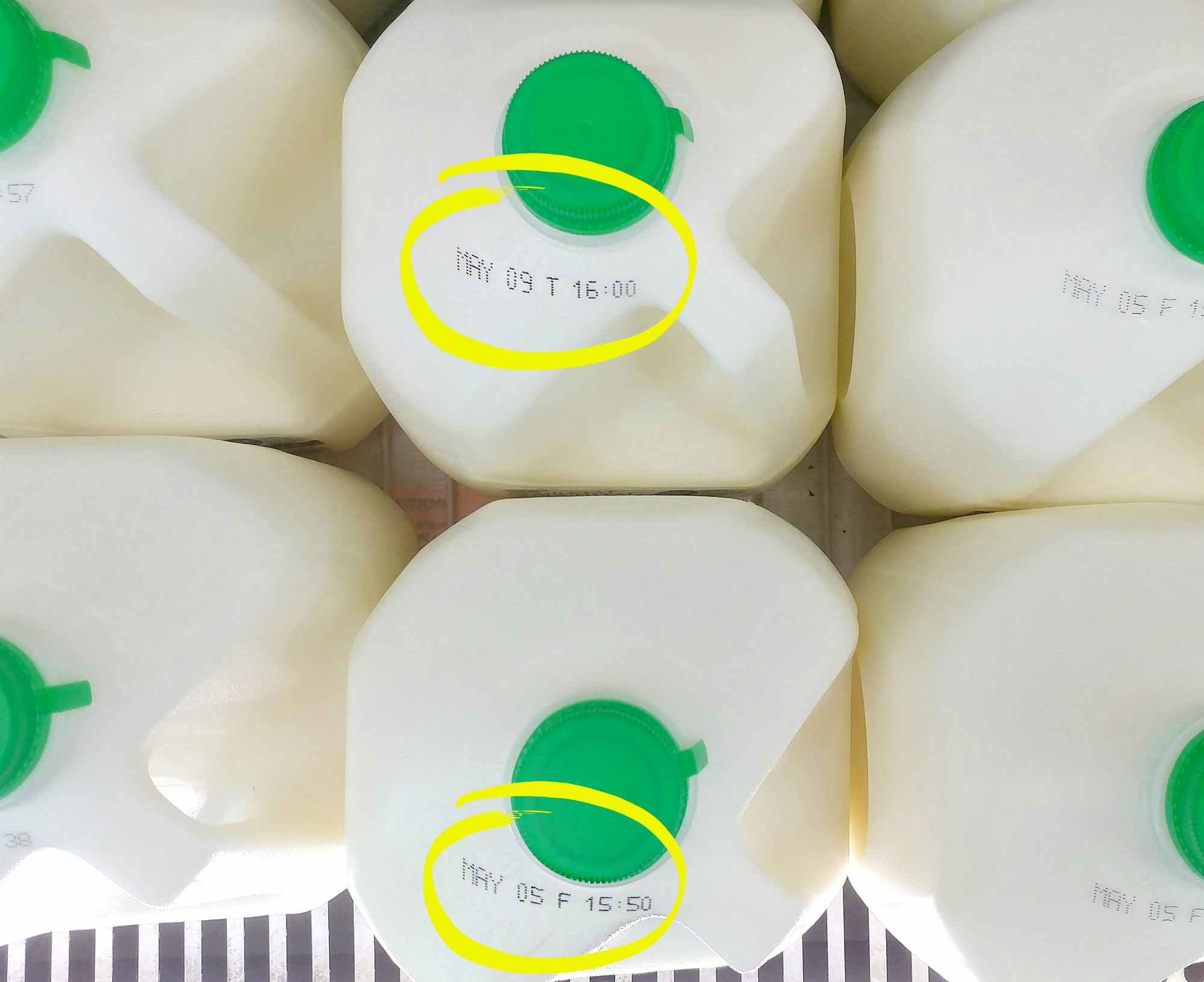
Grocery stores rotate stock so that the oldest is placed in the front, and the newest in the back.
This ensures that the products sell before the “sell by” date. But if you want your milk to last up to five days longer, grab your gallon from the back of the shelf.
7. Garlic bread is actually day-old French bread with garlic spread added to it.
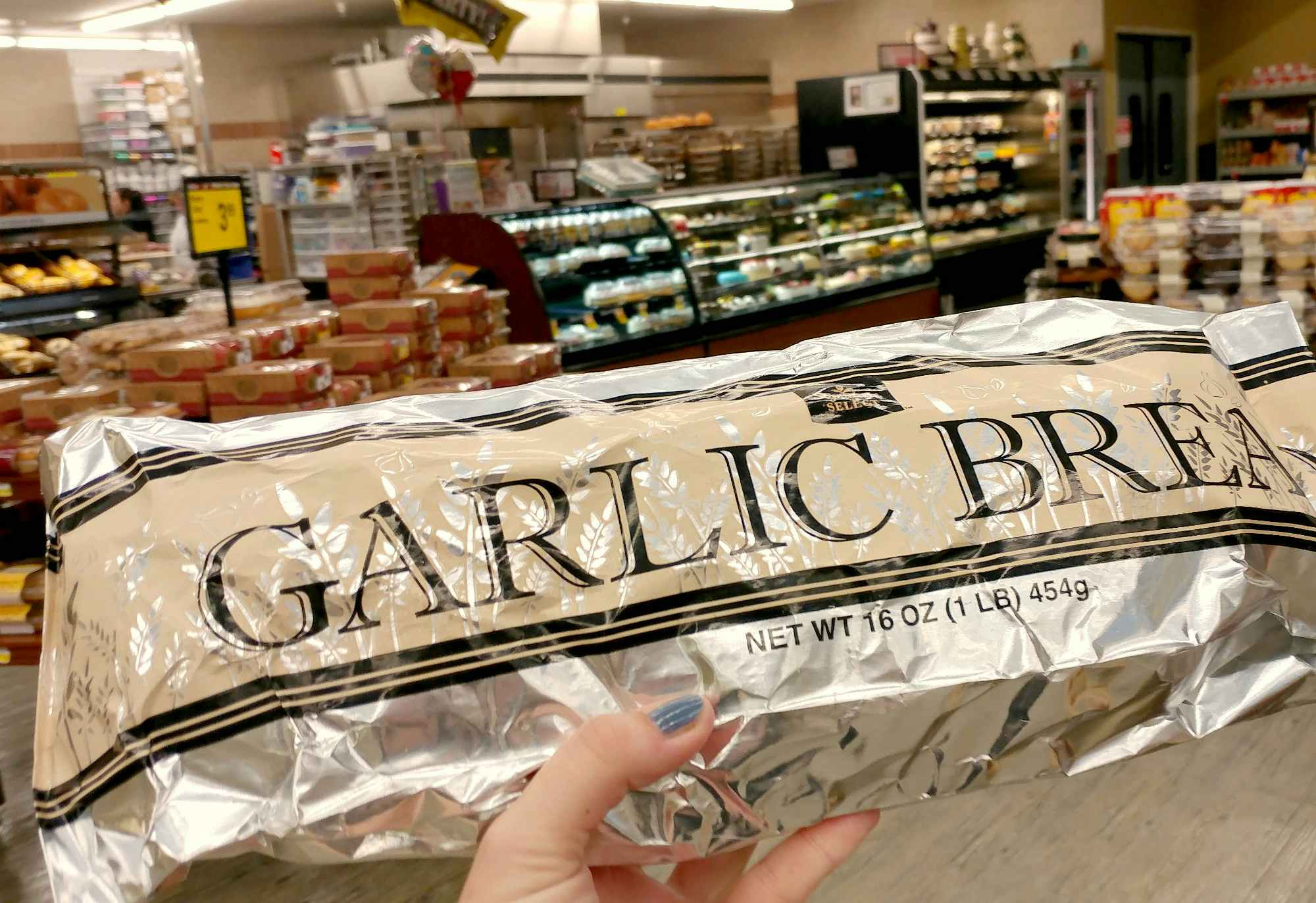
Here’s a little known fact: Unsold loaves of French bread are actually re-purposed and resold the next day as garlic bread.
If you want fresh garlic bread, you may simply take a fresh, hot loaf of French bread to the bakery and request that they slice it and put on the garlic spread. It won’t cost you a penny more!
In fact, most bakeries will slice any loaf just how you want it — all you have to do is ask.
8. Take a reusable bag and save money on your purchase.

Certain stores (like Target) will give you a $0.05 discount if you bring in reusable bags instead of using those obnoxious plastic ones in-store.
Other stores like Whole Foods, Trader Joe’s and Kroger all offer discounts as well. Plus, you’re saving the environment, one bag at a time!
NOTE: As a safety precaution during the COVID-19 pandemic, Target cashiers won’t handle your reusable bag — you’ll be expected to fill it yourself.
9. Use colored bread tags to quickly locate the freshest loaf.
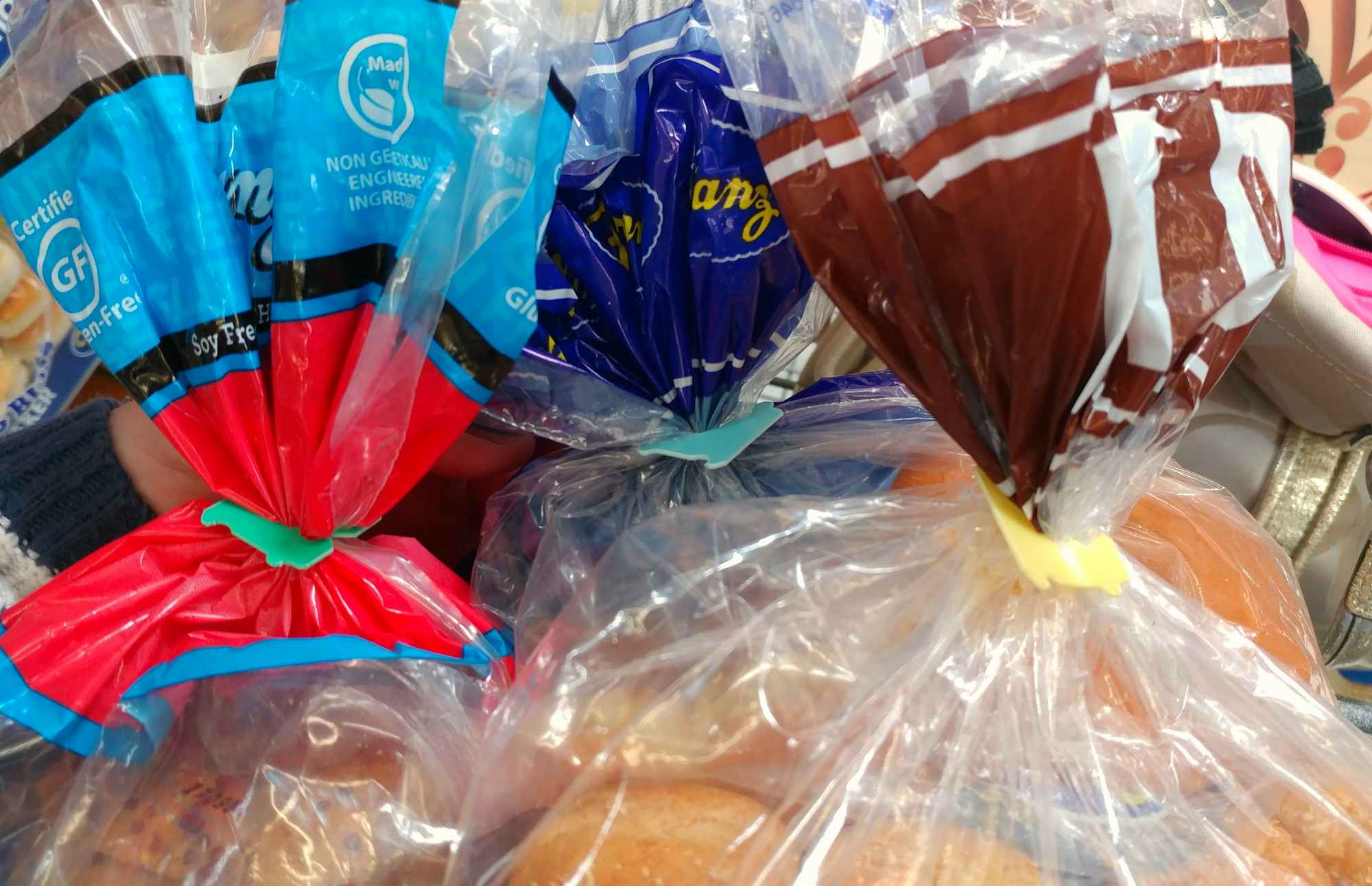
Instead of squeezing loaves or searching around for the best-buy date, a faster, easier way to get the best bread is to memorize the bread tag color code for your favorite brand. Some brands use the different colors so that their reps can quickly turn over new bread and remove old bread from the store. If you’re shopping on a Thursday and you see red, green and blue tags, you want to grab the red tags for the freshest bread.
(Okay, I don’t actually have this memorized, but I have a note on my smartphone which I reference at the store if needed.)
Color of twist tie/plastic clip means bread was baked on:
Blue-Monday
Green-Tuesday
Red-Thursday
White-Friday
Yellow-Saturday
RELATED: How to Read Bread Twist Ties to Get the Best Bread
10. “Large” eggs are sometimes just as big as “Jumbo” eggs.
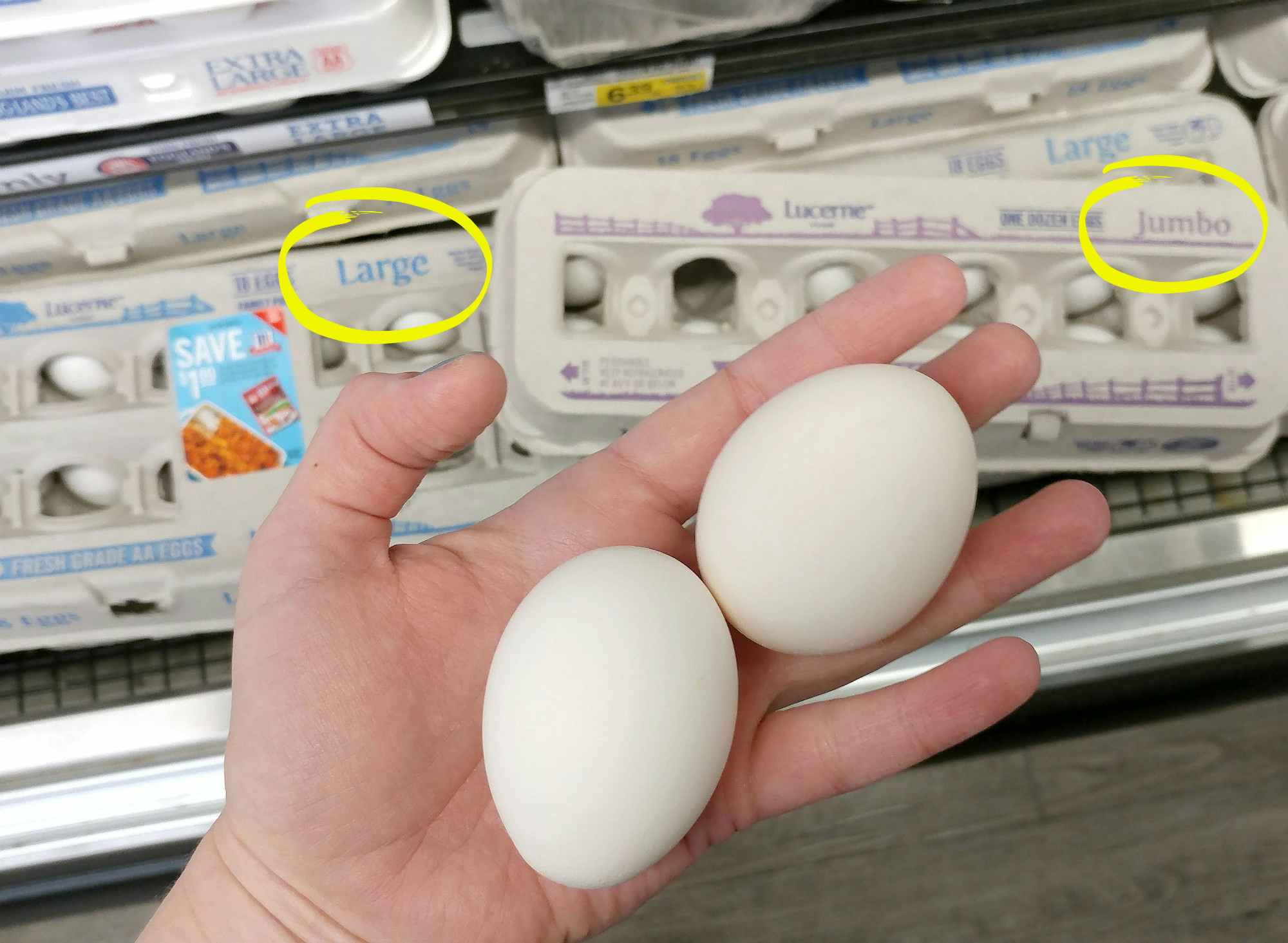
Next time you open a carton of eggs, look for more than just cracks! A larger size of egg may appear to be the same size as a “smaller” sized carton. Check the weight if you really want to find the best value.
Individual egg volumes are regulated by USDA under the following guidelines:
- Small: 18 ounces (about 1.5 ounce per egg)
- Medium: 21 ounces (about 1.75 ounce per egg)
- Large: 24 ounces (about 2 ounces per egg, or 3 tablespoons)
- Extra-Large: 27 ounces (about 2.25 ounces per egg, or 3 1/4 tablespoons)
- Jumbo: 30 ounces (about 2.5 ounces per egg, or 4 tablespoons)
But in actuality, weights vary. Minimum weight for jumbo-sized eggs is 30 ounces per dozen, while minimum weight for large-sized eggs is 24 ounces per dozen. Use a scale in the produce section to compare.
11. Speaking of eggs, did you know the date the eggs were laid is printed on every carton?

This from a comment on Facebook from Lisa Rosser. Your egg carton has a sell by date stamped on the side, which is kind of helpful, except it doesn’t tell you how fresh the eggs are. If you really want to know when those eggs were laid, rather than when the egg company thinks they should be sold, look at the numbers stamped on the edge of the carton. For example, this carton has “Sell by Jul 01, 2020” and right under it the number “154” (hard to see but there it is) and a time 08:21. I ran this through a date calculator and found that these eggs were packaged/laid on the 154th day of the year, or June 2 (because it’s a leap year) at 8:21 a.m.
12. Use the USDA Inspection Directory website to find out if brand-name meat is the same as generic meat, and who makes it.
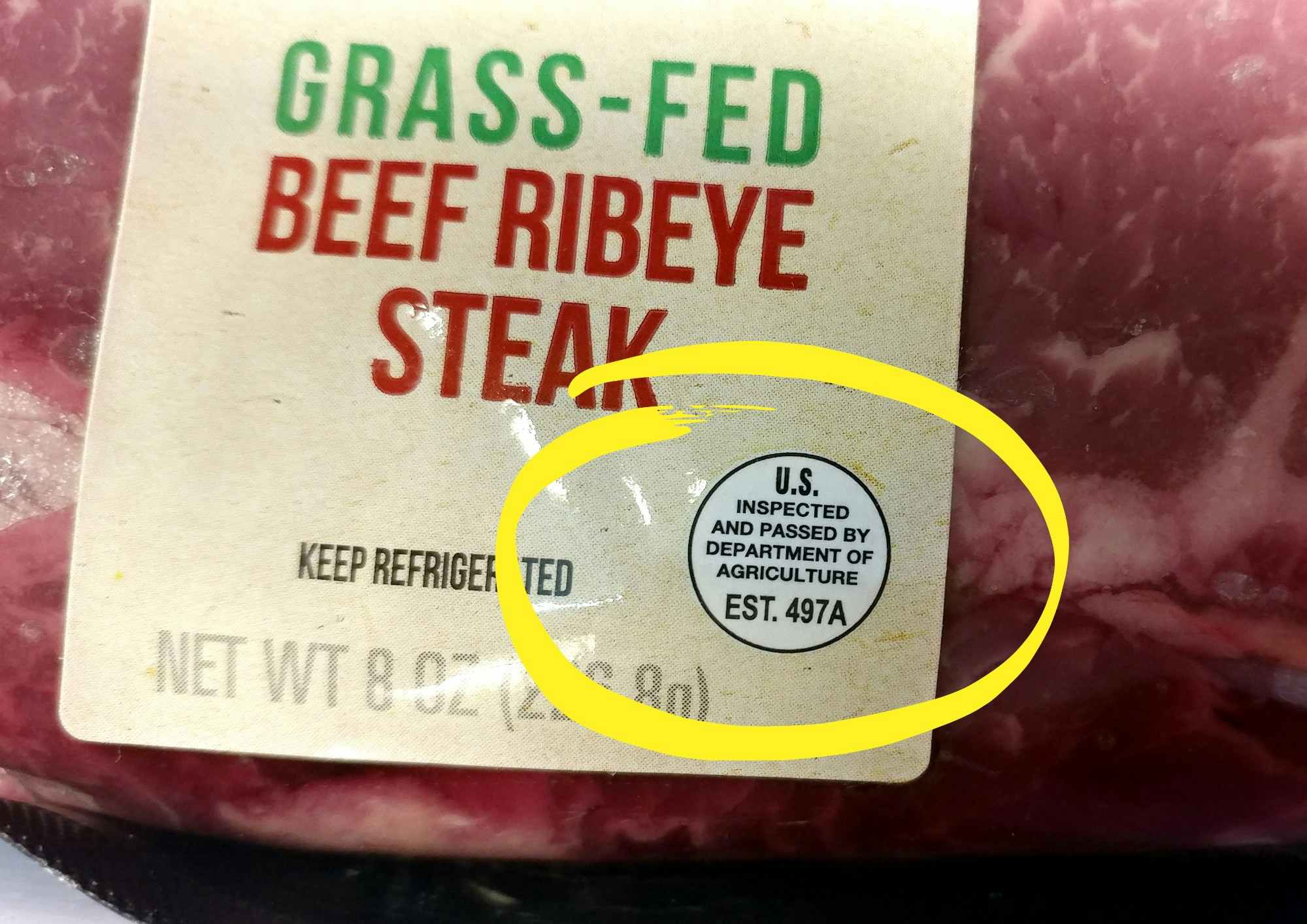
Many generic products are made by the same companies as name brands. Often, it’s the exact same product that just isn’t as visually “perfect.”
Wondering if your store-brand sausages that cost $1 less were made by the same folks who make the name brand?
There’s one way to tell:
On every package of meat there’s a circular label with an “Establishment Number” that lets the USDA track where products come from in case of a recall.
Plug the establishment number of your meat into the USDA Inspection Directory, and you know exactly where your meat was processed and packaged.
Match the establishment number of the name-brand meat to the establishment number on a store brand product, and you’ve found who actually makes that item.
You’re going to save money if you’re looking for quality and low price. No establishment number in the circle? Your meat was processed and packaged in-store.
13. You don’t have to buy all 10 items in a 10/$10 sale to get the discount.

Want to get the price of that item on sale but don’t need 10 of them?
Supermarkets do this to encourage you to buy more. So you don’t need to buy the number on the sale flyer in order to get that exact same same price.
So go ahead and buy one Snack Pack instead of all 10.
14. Always weigh bagged produce.
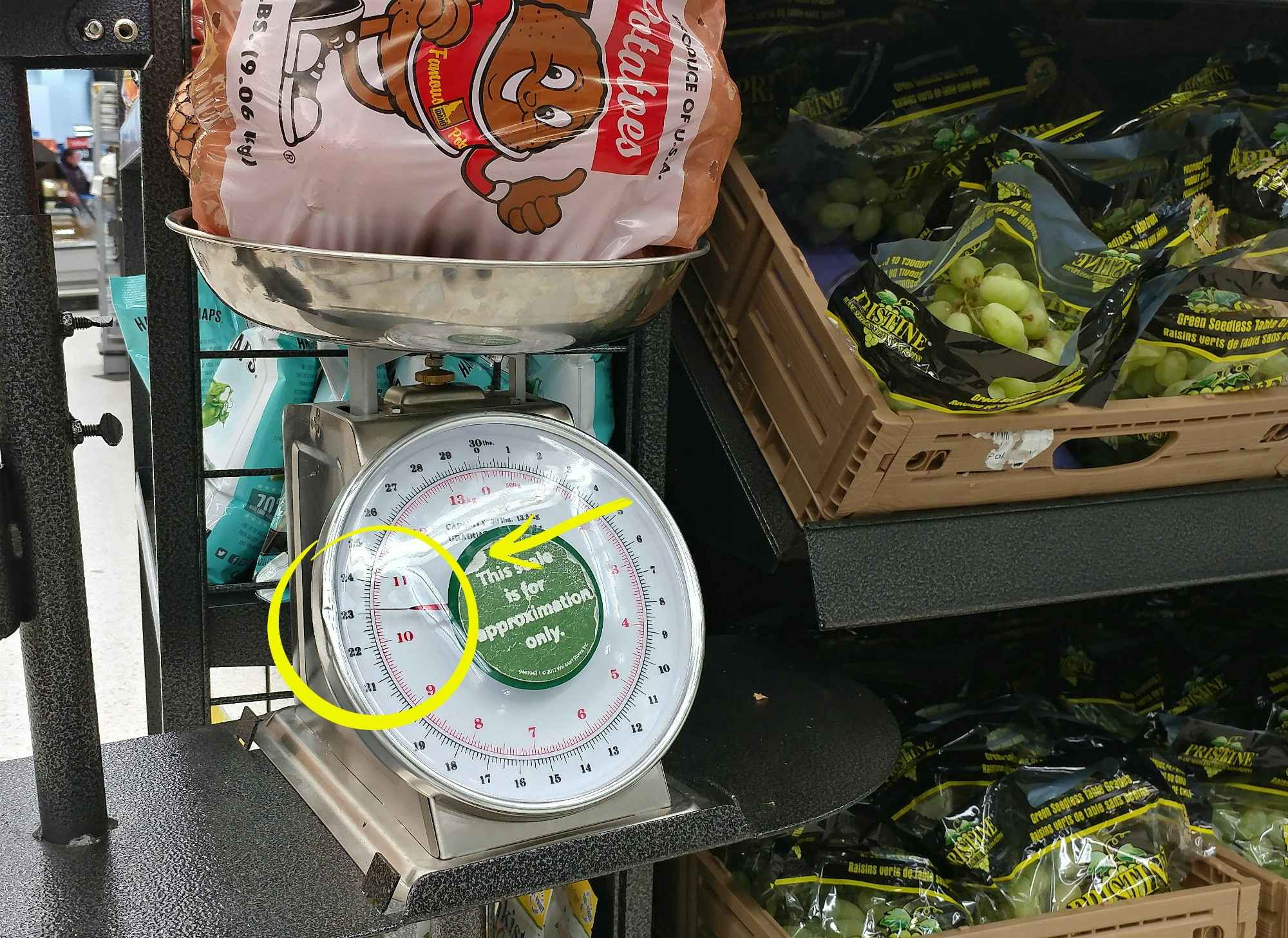
Every smart shopper knows to compare the price per pound between loose and bagged produce.
Why? So you can get more than you’re paying for, of course!
Bulk packaged produce is almost always less expensive (up to 50%!) than loose produce.
Bagged produce weight is required by law to show the advertised weight. So to avoid being underweight, a lot of stores will throw in a little extra weight into those bags. So if you weigh your bag, sometimes you can find a bag that gives you a little more produce for your dollar.
Start by comparing the price and quality of individually-priced produce (carrots, apples, potatoes, onions, etc) to the pre-bagged produce. If the bagged version costs less per pound (and it often does), then go that route and stretch your dollar even further by weighing a few bags.
For example, we weighed a 20lb bag of potatoes, and it actually weighed 23lbs. That’s three free pounds of potatoes.
15. Know the signs that meat is going bad so you don’t get fooled by “clearance” prices.

In this picture you can see that the meat has been marked down on clearance.
Follow me here…if meat was packaged under the watch of federal inspectors, supermarkets can’t change the date. But if the retailers butchered and packaged the meat themselves, they can change the label on a whim. Often they’ll just put another sticker on top of the first one with a new date if the meat still looks good enough to sell.
In fact, 30 states don’t regulate the expiration dates for meat at all.
That means if a package of meat is set to expire but still looks okay, supermarkets are allowed to put a new or “clearance” label on, pushing the expiration date back by days or even up to a week.
In order to outsmart your supermarket butcher, it’s important to know what it looks like when meat goes bad. (We all know what bad meat smells like! But it can take some finesse to tell if it’s bad before you buy.) The most tell-tale sign is a slight change in color.
- Poultry should be anywhere from a bluish-white to yellow in color when still fresh.
- Raw pork is a grayish-pink.
- Ground beef has more variation in color from bright red to purplish-red to even a brownish-red.
If any of your meat turns green or a greenish-brown color, it’s time to chuck the chuck, so to speak. And definitely don’t buy it when it looks like that! No matter the price.
RELATED: 29 Bizarre & Extreme Ways to Get Meat for Cheap
16. Sometimes items are marked on sale when there’s actually no difference in price.
Those big newspaper ads may not actually save you money. The sales are supposed to get you into the store to buy things you don’t need just because you think they’re on sale. It creates a false sense of immediacy.
Make sure you double-check every sale price against the regular price of an item!
17. Know when your generic canned goods are the same as name brands by looking at the address on the packaging.
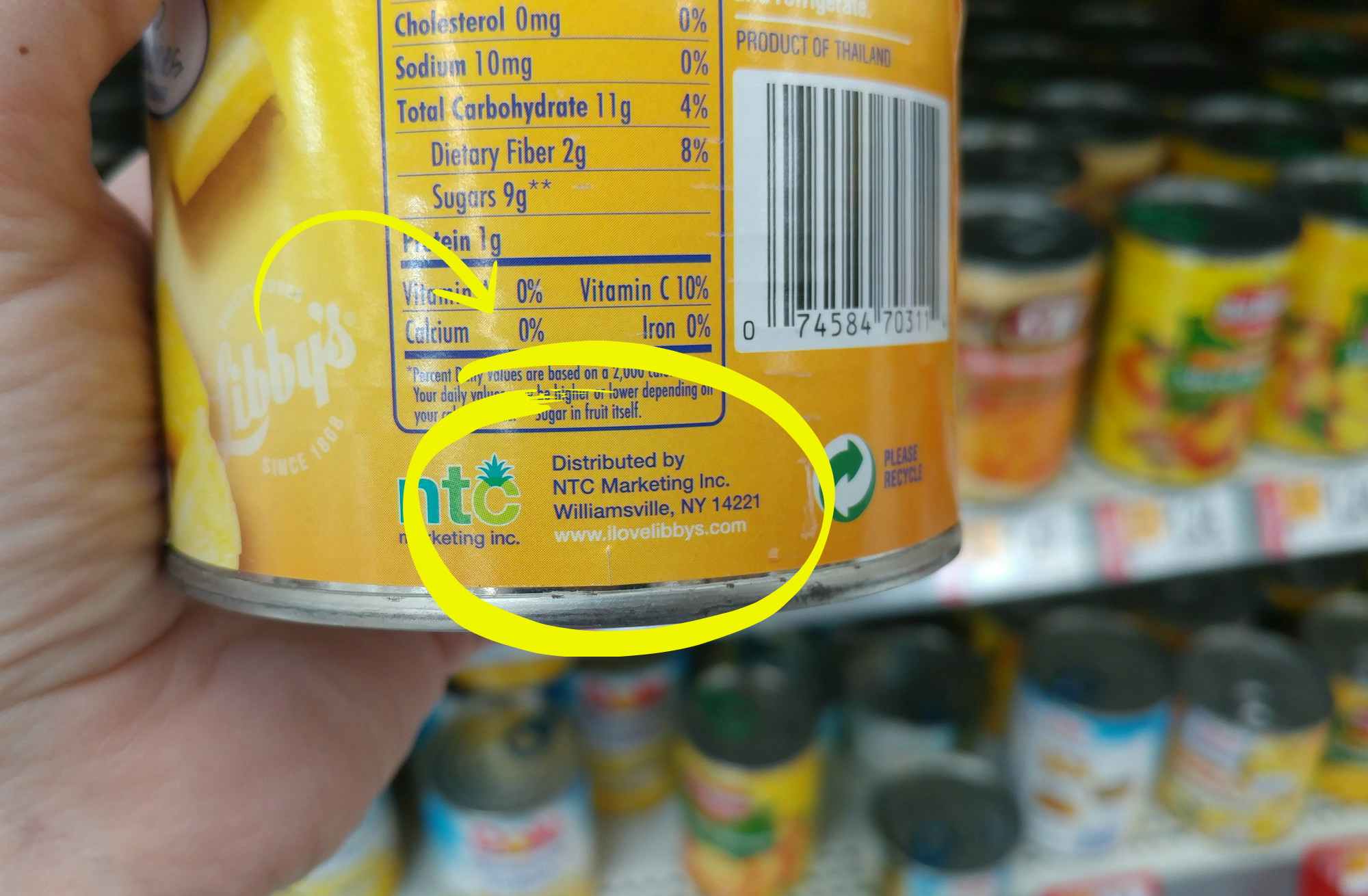
Most products have the address of the place where they were produced listed on the package. If the generic brand spaghetti noodles are made in the same city with the same zip code as the name brand, then they are most likely produced by the same company.
For example, a lot of canned vegetables, name brand and store brand, are produced in Keene, NH.
18. The best time to find fresh produce is late morning from the bottom of the display.
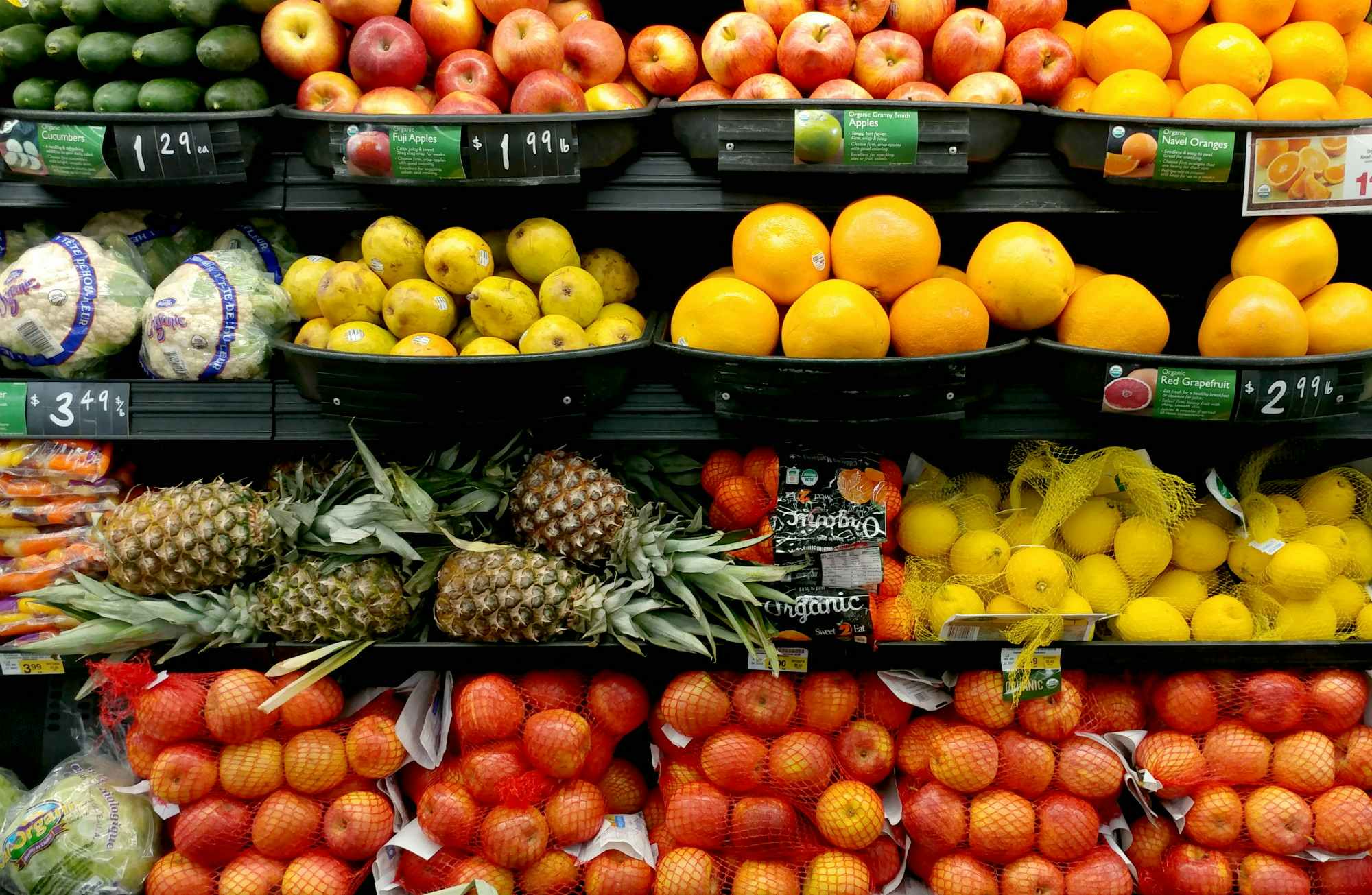
Fresh produce arrives at most stores every morning, but produce isn’t generally stocked in the wee nighttime hours, because store managers know that customers like to see the produce being stocked.
But the freshest produce is always rotated to the back of the display in order to sell the older food first.
So, if you want the freshest produce, expect to see the produce being stocked around the 10 o’clock hour, and pick produce from the bottom of the display.
19. The more inexpensive items are above or way below eye-level.
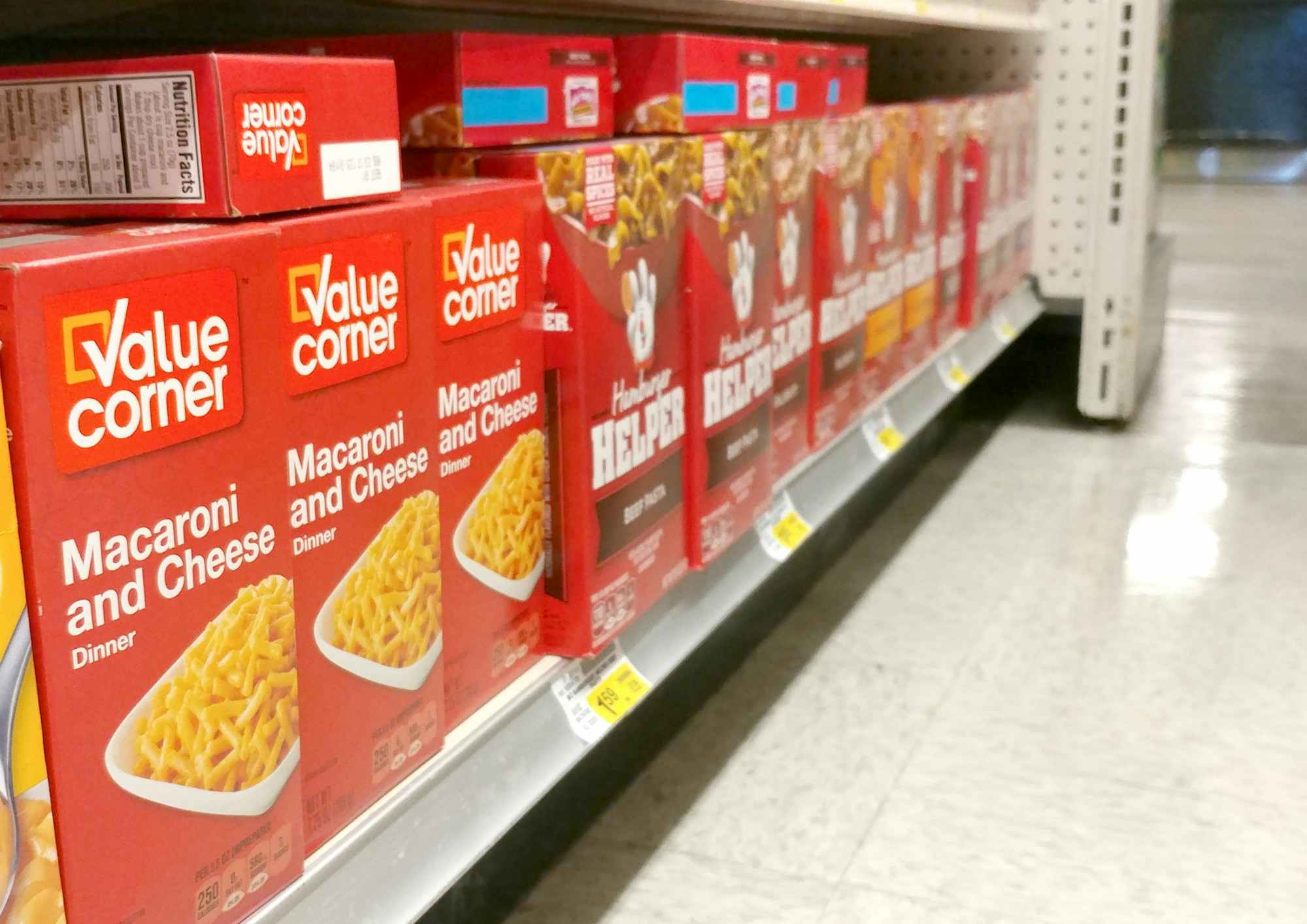
Brands pay for “premium” placement on your grocery store shelves (think: eye-level placement).
Kids’ eye-level shelving is typically reserved for the tempting brands that kids all love. Brands are hoping that kids will help them out by asking their parents for these items.

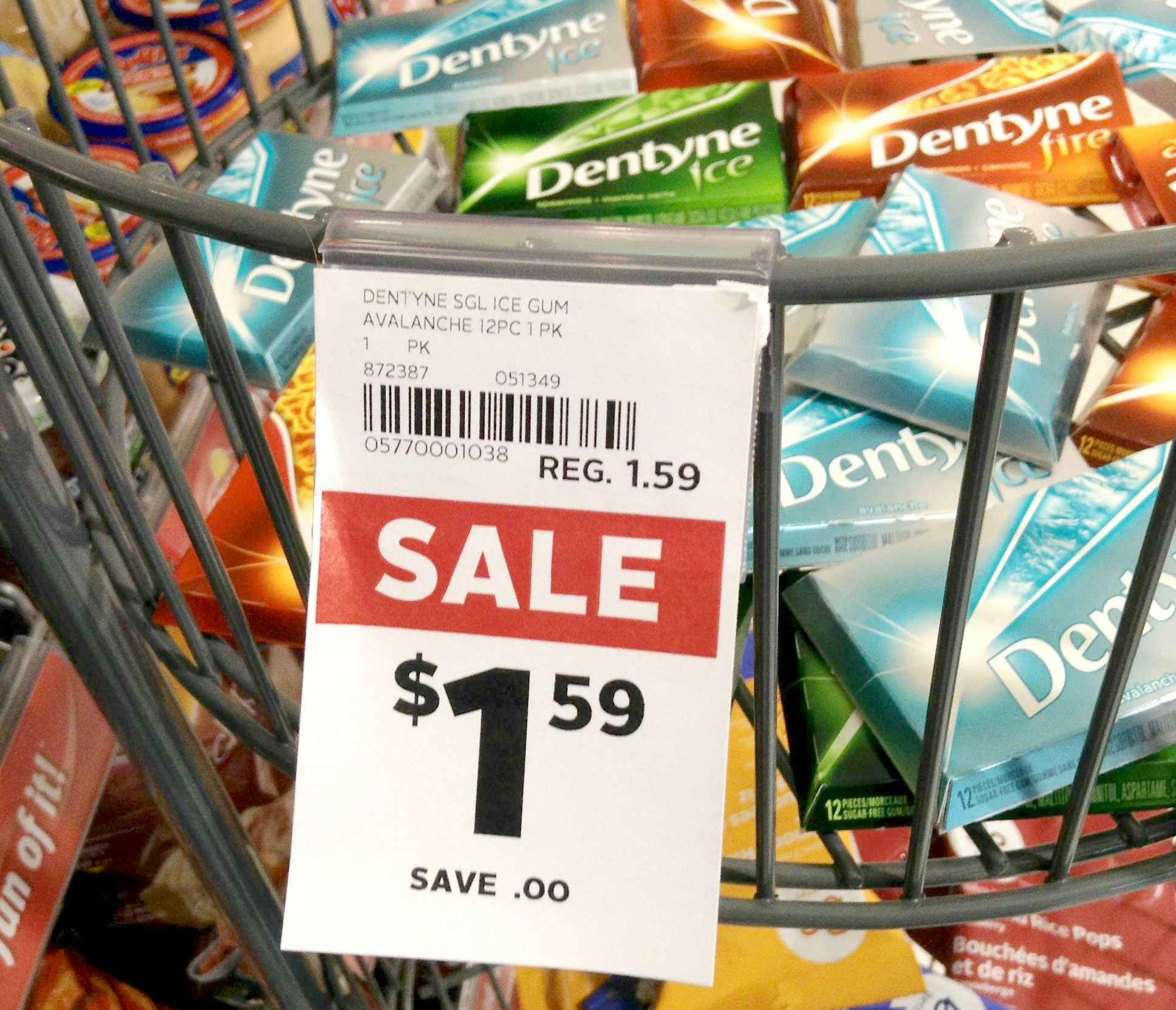
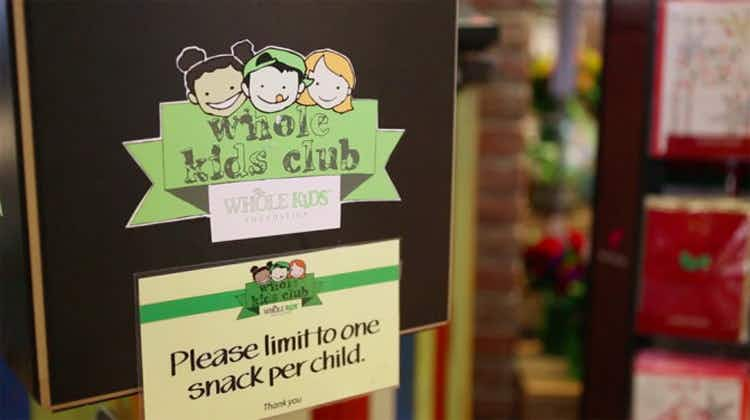











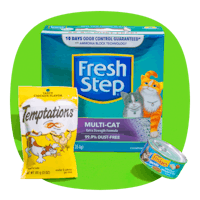

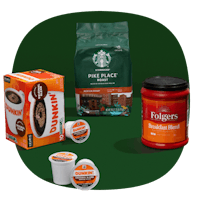
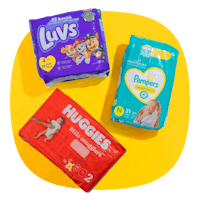
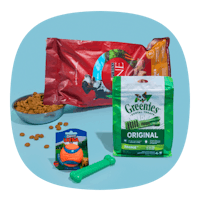
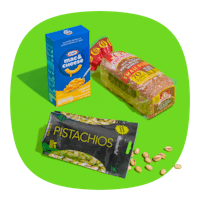

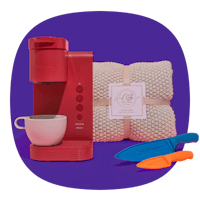
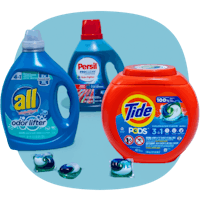


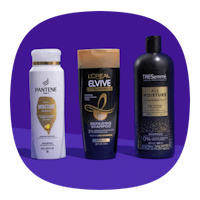


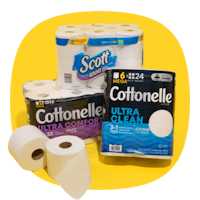




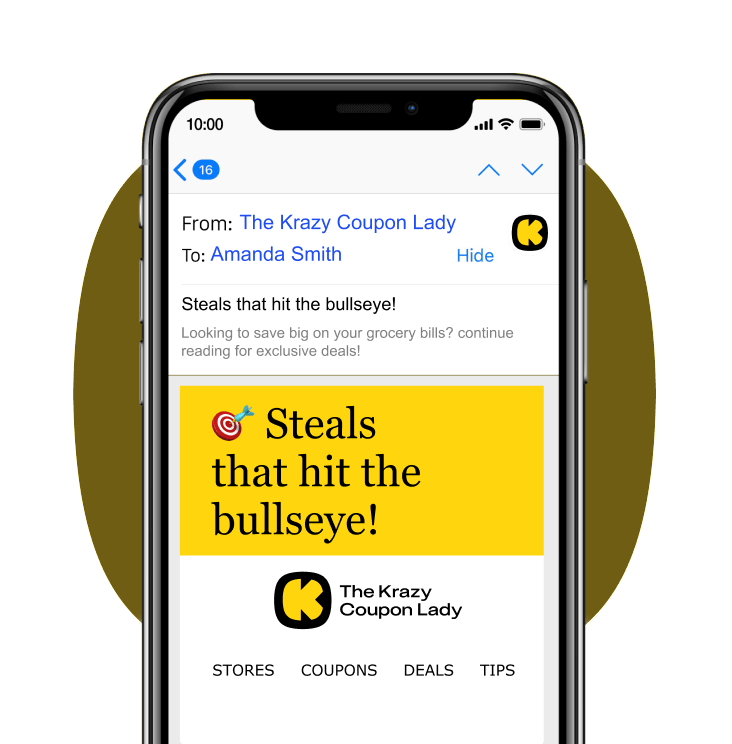
Tell us what you think